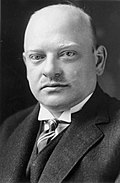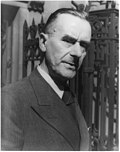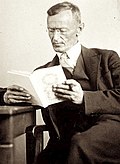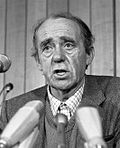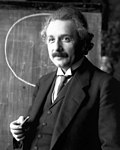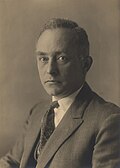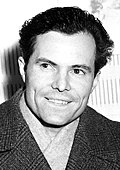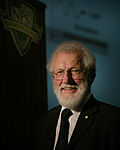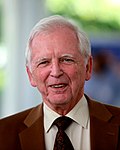| Name | Year | Lifespan | Achievements | Image |
|---|
| Emil Fischer | 1902 | 1852–1919 | Research on sugar and purine groups | 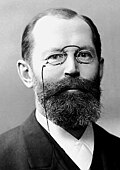 |
| Adolf von Baeyer | 1905 | 1835–1917 | Work on organic dyes and hydroaromatic compounds |  |
| Eduard Buchner | 1907 | 1860–1917 | Discovery of cell-free fermentation | 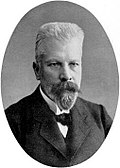 |
| Wilhelm Ostwald | 1909 | 1853–1932 | Work on catalysis |  |
| Otto Wallach | 1910 | 1847–1931 | Research in the field of cyclic hydrocarbons |  |
| Richard Willstätter | 1915 | 1872–1942 | Research on chlorophyll |  |
| Fritz Haber | 1918 | 1868–1934 | Development of a process for producing ammonia |  |
| Walther Nernst | 1920 | 1864–1941 | Research on thermochemistry | 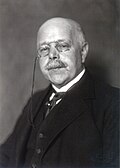 |
| Heinrich Otto Wieland | 1927 | 1877–1957 | Research on bile acids |  |
| Adolf Windaus | 1928 | 1876–1959 | "for merits regarding the research on the structure of sterines and their relationship with vitamins" |  |
| Hans von Euler-Chelpin | 1929 | 1873–1964 | "for research on sugar fermentation and the contribution of enzymes to this process" |  |
| Hans Fischer | 1930 | 1881–1945 | Hemin synthesis |  |
| Friedrich Bergius | 1931 | 1884–1949 | "for contributions to the discovery and development of chemical high-pressure processes" |  |
| Carl Bosch | 1931 | 1874–1940 | Development of chemical high-pressure processes |  |
| Richard Kuhn | 1938 | 1900–1967 | "for his work on carotenoids and vitamins" |  |
| Adolf Butenandt | 1939 | 1903–1995 | Research on steroid hormones |  |
| Otto Hahn | 1944 | 1879–1968 | "for his discovery of the fission of heavy atomic nuclei" | 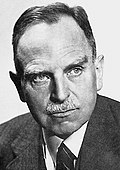 |
| Otto Diels | 1950 | 1876–1954 | Discovery of the Diels-Alder reaction |  |
| Kurt Alder | 1950 | 1902–1958 | Discovery of the Diels-Alder reaction |  |
| Hermann Staudinger | 1953 | 1881–1965 | Founding of polymer chemistry |  |
| Karl Ziegler | 1963 | 1898–1973 | Discoveries in the field of polymers |  |
| Manfred Eigen | 1967 | 1927–2019 | Measurement of the rates of fast chemical reactions |  |
| Gerhard Herzberg | 1971 | 1904–1999 | "for his contributions to the knowledge of the electronic structure and geometry of molecules, especially free radicals" | 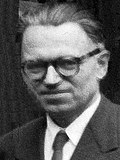 |
| Ernst Otto Fischer | 1973 | 1917–2007 | Research on organometallic sandwich complexes | |
| Georg Wittig | 1979 | 1897–1987 | Wittig reaction | |
| Johann Deisenhofer | 1988 | * 1943 | "for the investigation of the three-dimensional structure of the reaction center of photosynthesis in a purple bacterium" |  |
| Robert Huber | 1988 | * 1937 | "for the investigation of the three-dimensional structure of the reaction center of photosynthesis in a purple bacterium" | 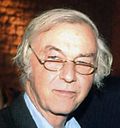 |
| Hartmut Michel | 1988 | * 1948 | "for the investigation of the three-dimensional structure of the reaction center of photosynthesis in a purple bacterium" | 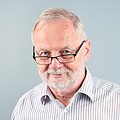 |
| Gerhard Ertl | 2007 | * 1936 | "for studies of chemical processes on solid surfaces" |  |
| Stefan Hell | 2014 | * 1962 | "for the development of super-resolution fluorescence microscopy" |  |
| Joachim Frank | 2017 | * 1940 | "for the development of cryo-electron microscopy for high-resolution structure determination of biomolecules" |  |
| Benjamin List | 2021 | * 1968 | "for the development of asymmetric organocatalysis to accelerate chemical reactions" |  |
